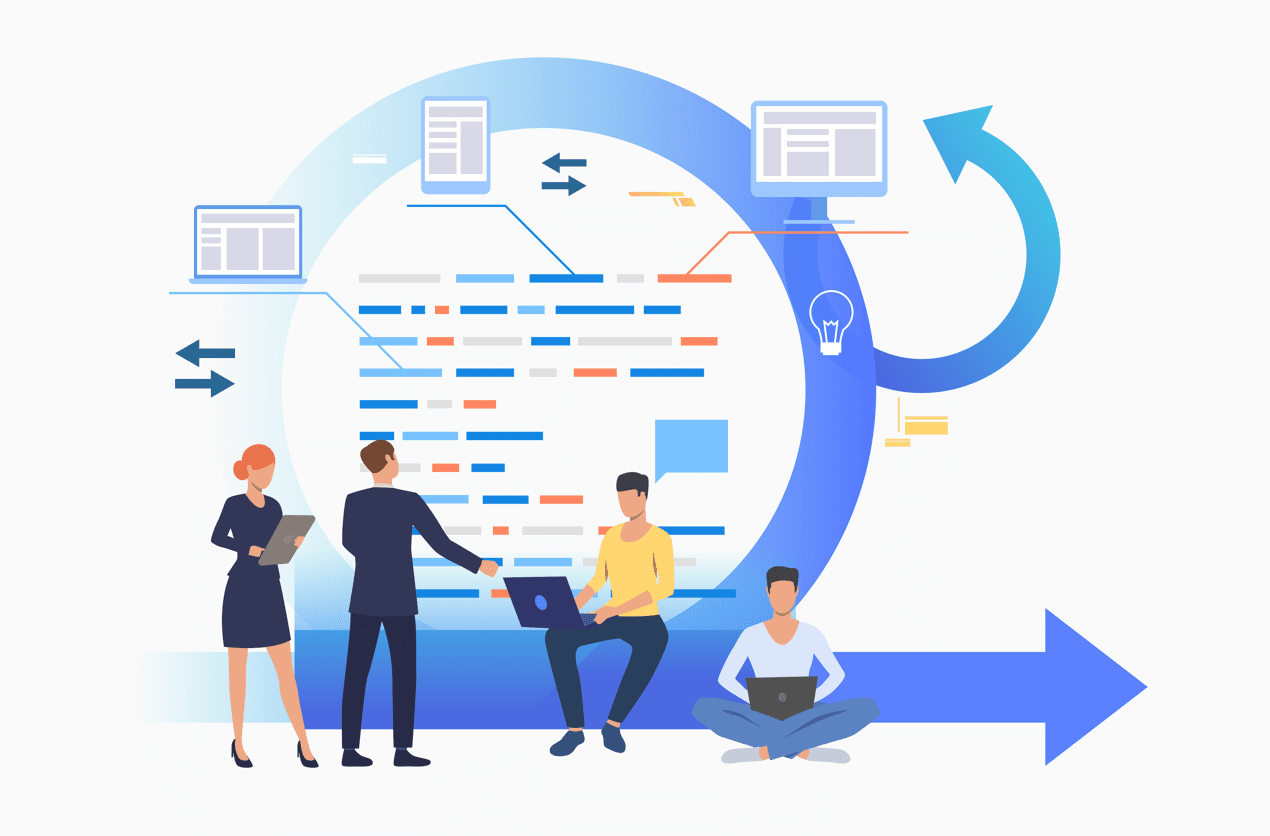How to Change Your Current Culture to Generative?
Once you have identified your workplace culture. It's time to transform it completely. Changing to a generative culture is not easy but it's a step you must take to save your organization in the long run.
It won't be easy to begin your DevOps journey, as years of working in a bad culture have affected the organization at its core. Getting over such an effect is not impossible, but it takes time.
Transformation time depends on the overall condition of workplace culture and how fast you are adopting strategies. At times you’ll feel like identifying all three cultures in your organization. But you can transform your organization.
Here are some tips and strategies you must follow to start moving toward a generative culture.
Encourage Collaboration:#
Collaboration is a crucial aspect of a generative culture in an organization. It involves breaking traditional practices and fostering an environment where everyone works together towards a shared goal.

Here’s how you can encourage collaboration in your organization.
Formation of Cross-Functional Teams: Form a cross-functional team taking people from different departments, and diversifying the skill set and perspective.
Informal Collaboration: Employees should be encouraged to have informal communication channels This helps increase collaboration.
Understanding of Shared Goal: Ensure your employees understand the mission of your organization. Make them understand the shared goal and how their contribution matters. Make them collaborate and feel connected to your organization's goal.
Lead by Example:#
Leadership is about leading by example, and it plays a crucial role in shaping the culture of an organization, especially when transitioning to a generative culture. Leading by example means that leaders demonstrate the behaviors and values they expect from their employees.
Here are a couple of things leaders should do.
Embrace Vulnerability: Leaders should embrace vulnerability and showcase their failures in front of their employees. This creates an environment of trust and creates a learning mindset. By doing so employees feel confident and embrace mistakes as learning opportunities.
Transparent Communication: Leaders should involve everyone in decision-making. Transparent communication builds trust and ensures everyone is on the same page.
Appreciation: Hardworking employees should be recognized and rewarded. This shows their contribution matters to the organization and motivates others to do the same.
Building Relationships: Leaders should build meaningful relationships with their employees. Building relationships fosters trust and loyalty toward the organization
Collaboration and Communication: Leaders should collaborate and communicate with employees in every matter. This builds a sense of ownership among employees and makes them valuable.